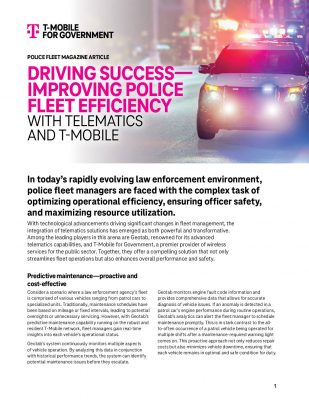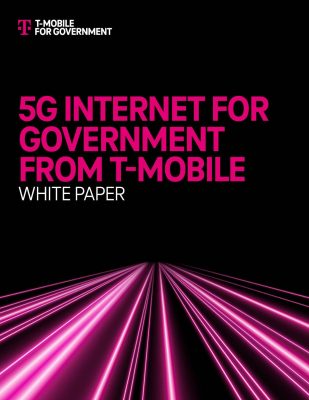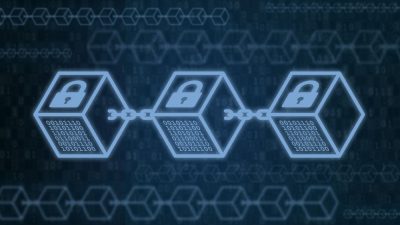Highlights:
- The process of facilitating smooth communication between dissimilar remote systems is known as machine-to-machine authentication.
- It plays a crucial role in a wide array of business processes, industries, and applications.
Machine-to-machine (M2M) authentication is the cornerstone of secure, seamless communication between interconnected devices and applications. It guarantees data security, privacy, and reliability, playing a pivotal role across various sectors. But what is M2M authentication exactly? This exploration will cover not only its fundamentals but also delve into its workings, live examples, and benefits to businesses.
So, coming back to its definition, it is nothing but the practice of enabling disparate remote systems to interact with one another seamlessly.
Utilizing advanced M2M authentication, your selected vending machine can independently request restocking for low inventory items, ensuring operational efficiency and an improved vending experience. Remarkably, this technology operates through diverse channels, making it susceptible to misuse and technical glitches. Authentication becomes pivotal to limit access to authorized services, protecting against cyber threats or competitors gaining entry to the vending machine supplier’s inventory and order processing system. Curious to explore further?
Let’s enhance our comprehension of the subject by exploring its practical applications.
Typical use cases for machine authentication encompass:
- Implementing software updates and patches for backups during non-business hours, ensuring peak performance, reliability, and minimal disruption.
- Enabling telemedicine devices, which empower healthcare professionals to monitor patients remotely.
- Deploying smart grid operations facilitates communication between components within the electric grid.
As we have seen, this technology caters to numerous fields, intensifying our eagerness to delve deeper into the intricate workings behind its functionality.
Machine-to-Machine Authentication: Probing the Mechanism
In business, M2M authentication operates akin to the user login process but for machines. Instead of usernames and passwords, applications obtain an access token from an authorization system to access server data.
This process typically involves three essential steps:
The client, which could be an application, a process, or any system, initiates a request to the authorization server. This request includes key information like the client’s identification, the client’s secret, and the intended audience for the access.
Following a thorough validation of the request, the authorization server replies with an access token. This token is essentially a random string of characters that signifies the client’s authorization to access specific data.
Subsequently, the client employs this access token to request access to particular data that is stored on the server.
In short, machine-to-machine authentication employs access tokens to facilitate secure data access and interaction between systems and applications. Its significance extends across diverse sectors, influencing the efficiency and functionality of machinery in manufacturing, managing data processing, and other industries.
Examining real-world examples where this technology is applied provides valuable insights, allowing stakeholders to appreciate its extensive potential and envision its broader impact on advancing operational capabilities and innovation across a spectrum of fields.
A Professional Exploration of Machine-to-Machine Authentication Examples
Below are the diverse methods employed to establish secure machine-to-machine authentication in various technological contexts.
Let’s discuss it with a few examples:
- Enhanced package tracking: Logistics firms employ radio-frequency identification (RFID) tags for real-time product tracking during transit. These tags undergo authentication, ensuring automatic updates to the company’s tracking system regarding the package’s location. Beyond averting losses, machine-to-machine authentication enables customers to receive automated shipment updates.
- Smart utility meter management: Providers of utilities like energy and water rely on automated meter monitoring facilitated by machine-to-machine communication. The utility company’s metering system is authenticated for accessing consumers’ meters and, if necessary, for service disconnection due to non-payment.
- Streamlined car manufacturing: In the automotive industry, various machines and equipment involved in car assembly need to communicate seamlessly for optimal efficiency.
This includes conveyor belts, overhead conveyors, engine machining stations, welding and painting robots, and other machinery. Machine-to-machine authentication grants these devices access to each other’s data, ensuring smooth coordination.
- Wearable IoT devices: Wearable devices like smartwatches that track metrics such as steps, calorie consumption, heart rate, and blood pressure are prime examples of machine-to-machine communication. These devices are authenticated to transmit this data to your smartphone. Without machine-to-machine authentication best practices, your data can end up on another user’s phone.
The above examples show that machine authentication is the foundation of safe, dependable, and automated machine-to-machine communication. This helps optimize operational procedures and guarantee data integrity in various business contexts.
How M2M Authentication Elevates Business Operations
Machine-to-machine (M2M) authentication is a vital element of the Internet of Things (IoT) and numerous other business contexts where secure device communication is essential. It is pivotal in upholding data and services’ integrity, confidentiality, and availability in M2M interactions.
Here’s how M2M authentication offers value to business operations:
- Data security: It guarantees that only authorized devices can securely exchange information. This shields sensitive data and mitigates unauthorized access to critical information, such as in healthcare, ensuring medical devices communicate exclusively with authorized healthcare servers.
- Preventing unauthorized access: It serves as a barrier to unauthorized devices attempting to infiltrate a network or system. This is crucial in fending off cyber threats and unwanted intrusions.
- Intellectual property protection: It safeguards intellectual property by permitting only authorized machines to access and utilize specific resources in sectors featuring proprietary technology or processes.
- Secure transactions: In financial services, retail, and similar industries with financial dealings, M2M authentication assures that only trusted devices can initiate and complete transactions, thereby diminishing the risk of fraud.
- Regulatory compliance: Given that many sectors face stringent data security and privacy regulations, this technology empowers businesses to demonstrate adherence to these requirements through robust security measures for sensitive information protection.
- Reliability: It guarantees that interacting devices are authentic and trustworthy. This trustworthiness is particularly critical in applications prioritizing safety and system integrity, such as autonomous vehicles and industrial automation.
In summary, M2M authentication is a key enabler of secure, efficient, and innovative business operations, contributing to overall growth and competitiveness in today’s dynamic business landscape.
Conclusion
In the dynamic realm of technology, machine-to-machine authentication emerges as the backbone for secure and seamless collaboration among interconnected devices. This robust framework ensures not only the fortification of cybersecurity but also paves the way for a future where autonomous systems exchange information with unparalleled precision. As we navigate the landscapes of IoT and Industry 4.0, this authentication mechanism stands as a sentinel, guarding against vulnerabilities and reflecting our commitment to technological advancement while preserving the integrity of our digital ecosystem.
In the grand symphony of innovation, M2M authentication is more than a mere security protocol; it is the foundational enabler of a connected future. Here, machines communicate fluently, collaborate effortlessly, and embark on a journey of unprecedented cooperation. This authentication mechanism, like a key unlocking the potential of our interconnected world, propels us toward a horizon where the exchange of information is not only secure but also a testament to the resilience and foresight of our digital age.
Explore our vast collection of technology-related whitepapers to learn more about such topics.






































































